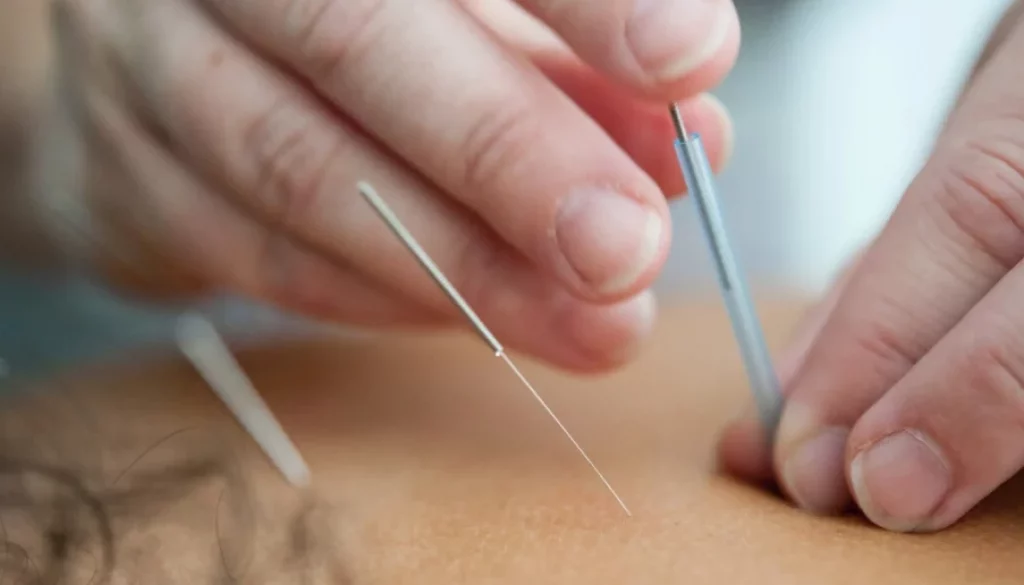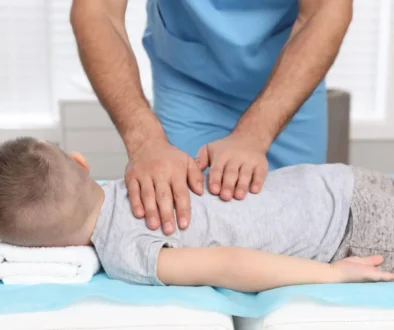Shoulder Pain with Raising Pulling
This is a frequent flyer at our office. Patients come in with a reasonable fear that an operation for their shoulder pain is imminent. News Flash! It’s not.
I hear rotator cuff tear thrown around quite a bit, as if it’s a looming structure that just fails one day. In actuality, it’s a combination of muscles that must cooperate to effectively create a “force couple” or balancing act on the shoulder joint.
Why is Shoulder Injury Becoming More Common?
Our long days of physical and desk work are often comprised of arm movements that all occur directly in front of us.
Picture this: as you fatigue throughout the day, what usually happens? Your back and neck slouch, your shoulders roll down and in, and you begin to develop the physique of a crouching gorilla. Simply said, all of our activity is dominated by muscles that pull the body down and inward.
As a result, certain muscles are more frequently engaged than others and structures of the shoulder begin to over-crowd the limited space for movement and passage of important tendons, vessels, and nerves. Shoulder pain starts to come.
Raising and pulling tend to amplify this by narrowing that space even more. Try this: use your left hand to feel your collarbone (clavicle) of the right shoulder. With your fingers, follow the collarbone all the way over to where it attaches right above your arm. Along the way you may notice a groove in the collarbone, that’s normal. From here, slide your fingers down about one inch, where you’ll feel the bony bump on the arm (humerus). Okay, great work. Keeping your fingers in that location, raise your hand all the way up. You’ll notice how that bone starts to move back towards the collarbone.
Additionally, when you pull the arm back like starting a lawn mower, you’ll notice how the arm rolls forward and down. Both of these mechanisms are closing down on the area where tendons of the rotator cuff and deep shoulder must glide past one another.
This brings us to shoulder impingement, or the trapping of structures under bony surfaces around the joint. In cases of overuse or chronically poor posture, the repeated narrowing of that space creates fraying of the tendons, pinching of the lubricating fluid sacs, and subsequent inflammation that triggers pain.
Common Associated Symptoms with Impingement
Additional Thoughts
Your posture, range of motion, and aggravating movements will provide far more detail than any orthopedic test ever could. Even MR imaging can be misleading because you might see some abnormality, but this doesn’t necessarily point to the source of pain or the reason it developed in the first place. Also, partial tears are present is a large portion of the population over 40 years old, and don’t always present with pain.
With that said, we have successfully treated various cases where a tear is present; though, I have recommended surgical repair to the occasional patient that presents with a complete rupture. How would I know that? Well, those people usually have ruptures as a result of significant trauma and they likely received imaging prior to our consult. Otherwise like every other treatment at chiropractic clinic Cross-Up, you will feel significant results in just 2 visits. Although very rare at our practice, if a patient doesn’t respond well to care in that time then we know that a deeper issue must be explored. At which point, an appropriate referral is made.
Cross-Up Treatment Strategy
Number 1 question: What are the greatest range deficits? As stated in the title, it’s likely that overhead reaching and pulling will be painful and incomplete movements; therefore, we need to understand which structures can be manipulated to improve motion.
I start with the scapula aka shoulder blade. It is supposed to rotate and glide atop of the rib cage, and it is this movement that opens up the shoulder joint at the upper ranges of reaching. With impingement, we know that to some degree the scapula is elevated and stuck in inward rotation; therefore, we release tension in the muscles that are holding that abnormal position. This often includes the pectoralis minor, subscapularis, teres major, latissimus dorsi, posterior joint capsule, etc. I’ll only name a few of the common muscles involved because no patient is identical to the next.
After active release of invovled structures, patients will already see a large jump in their freedom of motion. We are then allowed to fine tune and release any additional muscles or ligaments that contribute to pain in a smaller but still noticeable way.
As patients hear me say often, range and mobility improvements must then be stabilized to prevent reversal. Any time some muscles are tight and short, we will find antagonists that are weak. At Cross-Up Chiropractic, we guide your shoulder rehabilitation to effectively balance the tension around the joint. The exercises we use aren’t a secret, either. We love to provide you with the right combination that you can perform at home, not just here. My goal is not only to get you out of pain, but provide you with the blueprint to maintain the progress.
If you or someone you know is struggling with this type of condition, please feel free to call us or simply schedule an appointment online through the link below.
Cheers,
Dr. Jack P Rieke, DC, ART
Cross-Up Chiro






